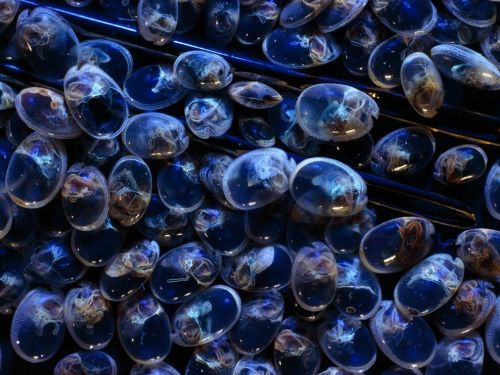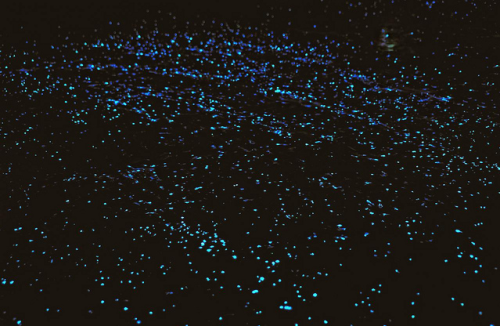Sometimes known as the sea-firefly, Vargula hilgendorfii is a
species of ostracod crustacean that only inhabits coastal waters off
Japan. It is a nocturnal creature that rarely grows longer than 3
millimetres, with a beautiful transparent shell—but it’s best known for
its bioluminescence. When disturbed, it secretes a luminous blue
substance through a process similar to many other bioluminescent
creatures: a chemical reaction of the substrate luciferin and the enzyme
luciferase. The maximum wavelength of its light depends on the pH and
the salinity of the water, and varies between 448 and 463
nanometres—meaning that the light is coloured various shades of blue. In
World War II, the Japanese collected these creatures and crushed them
in sand and water to produce their blue luminescence, which ingeniously
served as light for soldiers to read maps and messages at night.


No comments:
Post a Comment